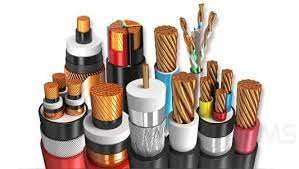
6mm Armoured Cables vs. Other Sizes: What’s the Best Choice?
6mm armoured cableare known for their strength and reliability, making them an ideal choice for installations with high demands. These cables are covered by a layer aluminum armor or steel wire, are designed to withstand the environmental and mechanical stress. But, regular maintenance and inspection are essential to ensure their performance and safety. Here’s a guide to properly maintaining and reviewing six millimetre armoured cables.
Routine Visual Inspections: Frequently inspect the visible sections of the armoured cable for indications of physical damage or wear. Check for fraying, cracks or corrosion on the cable’s external armor and sheath. Examine for signs of impact or mechanical stress that could compromise the cable’s strength. Early detection of such issues could help avoid electrical hazards.
Check Connections and Terminations: Inspect the cable connections and terminates for loose or corroded connections. Check that all connectors are securely attached as well as that your cable has been correctly terminated. Poor connections can lead to an increase in resistance, overheating and potential failure.
Check the cable Route: Evaluate the route of installation to identify potential dangers. Check that the cable isn’t subject to excessive strain, sharp bends, or damage. Cables must be supported and protected along their lengths to avoid damage. If the cable is routed through areas that are susceptible to physical harm, think about additional protective measures like cables trays or conduits.
Be aware of environmental damage Armoured cables are designed to withstand extreme environmental conditions, however ongoing exposure to extreme temperatures, moisture or other chemicals may impact their performance. Check for any indications of wear and tear like moisture intrusion or chemical damage that can affect the cable’s insulation as well as its armor.
In the end, maintaining and inspecting 6mm armoured cable involves regular visual inspections, making sure that the connections are secure and examining the cable’s route as well as examining environmental damage, conducting electrical tests, and promptly taking care of any issues. If you follow these guidelines, you can ensure the continued safety and efficiency of your electrical systems safeguarding both equipment and personnel from any potential dangers.